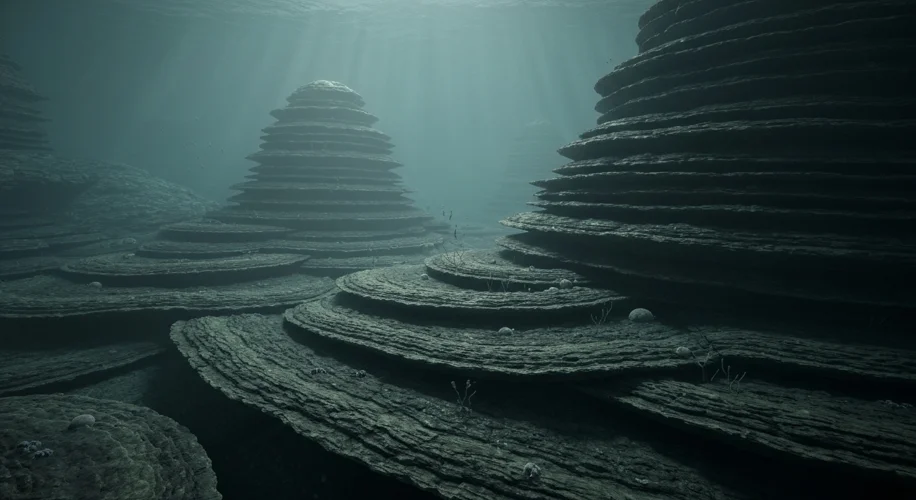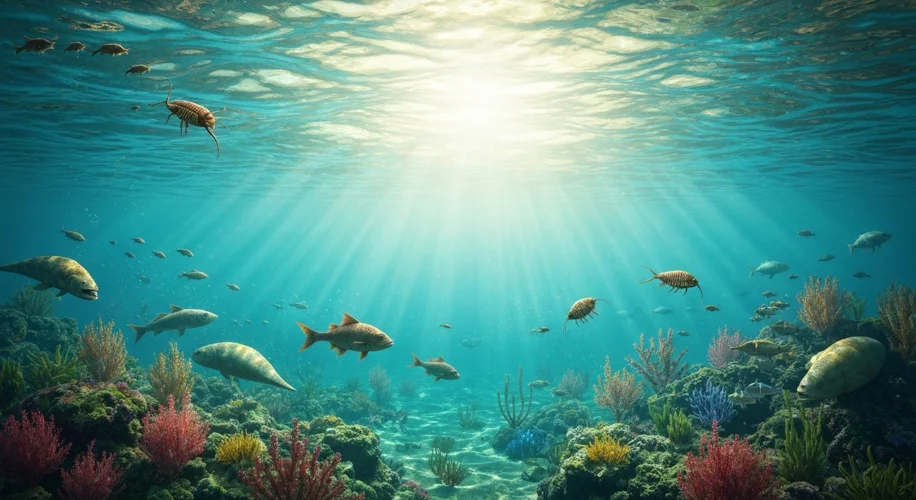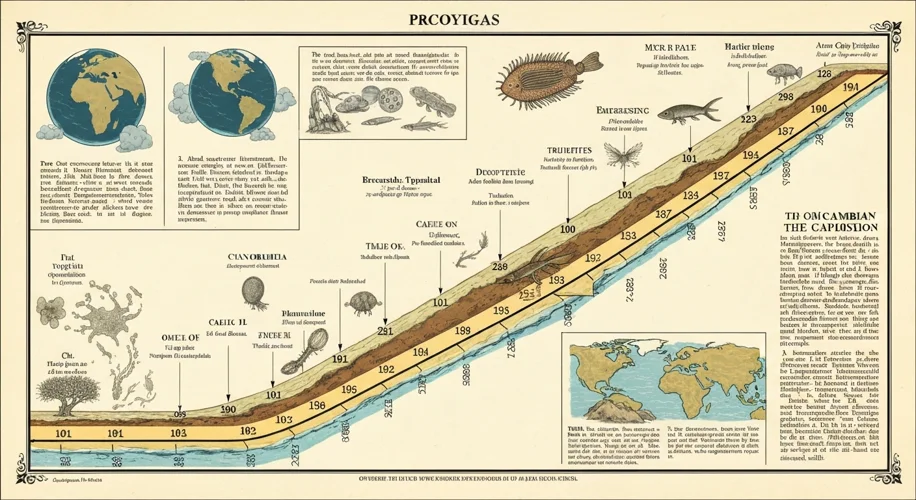Imagine a world shrouded in perpetual twilight, the oceans thick and stagnant, teeming with life, yet bound by the very air it breathed. For billions of years, this was the reality of Earth’s early oceans. Then, a quiet revolution began, a slow, inexorable rise in oxygen levels that would fundamentally reshape marine ecosystems and ignite the fuse of evolution.
This dramatic transformation, spanning vast geological timescales, is a testament to the planet’s dynamic nature and the intricate dance between life and its environment. It wasn’t a sudden cataclysm, but a gradual infusion of breath into the deep, creating new niches and driving the diversification of life in ways we are still uncovering.
Our story begins in the Precambrian Eon, a time when Earth’s atmosphere was a far cry from the oxygen-rich blanket we know today. The dominant life forms were single-celled organisms, thriving in an anaerobic world. The oceans, vast and deep, were largely devoid of free oxygen, a condition known as anoxia. Life existed, yes, but it was largely confined to specific metabolic pathways that didn’t require oxygen, or clustered in the few oxygenated pockets that might have existed.

The pivotal shift began with the advent of photosynthesis, a biological innovation that fundamentally altered Earth’s atmospheric chemistry. Cyanobacteria, microscopic organisms that mastered the art of converting sunlight into energy, began releasing oxygen as a byproduct. Initially, this oxygen was rapidly consumed by chemical reactions in the oceans, particularly by dissolved iron, forming vast deposits of banded iron formations – silent monuments to this early oxygen production.
But as geological time marched on, these sinks became saturated. The oxygen production of cyanobacteria, coupled with the evolving capacity of other organisms to tolerate and eventually utilize oxygen, led to a gradual increase in atmospheric and oceanic oxygen levels. This period, often referred to as the Great Oxidation Event, wasn’t a single, sharp spike but a long, complex process, with fluctuations and periods of relative stability.
As oxygen began to permeate the oceans more effectively, a new world opened up. Organisms that could harness the power of oxygen for respiration – a far more efficient energy-generating process than anaerobic metabolism – gained a significant evolutionary advantage. This led to the emergence of more complex life forms, including early multicellular animals. The Ediacaran biota, enigmatic organisms that appeared around 635 million years ago, represent some of the earliest complex multicellular life, thriving in these increasingly oxygenated waters.

The Cambrian Explosion, occurring roughly 541 million years ago, is perhaps the most dramatic illustration of this evolutionary surge. In a geologically short period, the diversity of animal life exploded. Complex body plans, including those with hard exoskeletons and specialized organs, appeared with astonishing rapidity. The increased availability of oxygen was a crucial enabling factor. It allowed for larger body sizes, more active lifestyles, and the development of more sophisticated physiological systems, including efficient circulatory and respiratory systems.
New habitats were created. Zones of the ocean that were previously inhospitable due to low oxygen became newly available. The development of aerobic respiration also paved the way for predator-prey relationships to become more complex and dynamic, driving further evolutionary arms races. Organisms that could move faster, see better, and process food more efficiently had an edge, leading to the incredible array of marine life we associate with the Paleozoic Era.
The impact of rising oxygen levels extended beyond just enabling new life forms; it sculpted the very nature of marine ecosystems. It allowed for the evolution of larger predatory animals, the development of more intricate food webs, and the colonization of ecological niches previously inaccessible. The increase in oxygen was not a uniform process, and fluctuations in its levels throughout geological history likely triggered periods of both diversification and extinction, creating a dynamic evolutionary landscape.
Understanding this ‘oxygen revolution’ in Earth’s oceans provides a profound insight into the co-evolution of life and its planet. It underscores how fundamental changes in planetary chemistry, driven by biological innovation, can open the floodgates for evolutionary creativity. It reminds us that the very air we breathe, and the conditions that allow for complex life, are the products of a long, intricate, and often dramatic planetary history.
This gradual oxygenation of the oceans wasn’t just a biochemical event; it was a pivotal chapter in Earth’s story, a silent, invisible force that breathed life into new forms and set the stage for the incredible biodiversity we see today. It’s a story written in the rocks, preserved in the fossil record, a testament to the power of gradual change and the unyielding drive of life to adapt and thrive.

